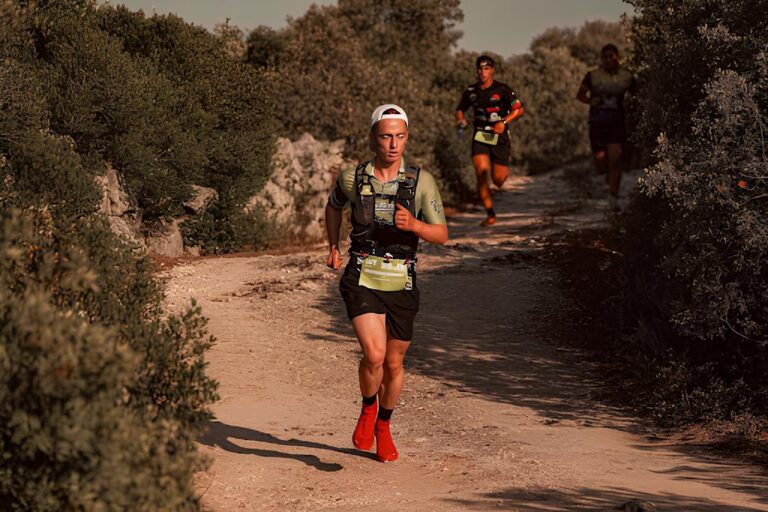Burnout isn’t just about being tired—it’s about your body, mind, and spirit signaling that the current level of stress, training, or lifestyle is no longer sustainable. Athletes, whether recreational or elite, often push through fatigue, injury, or emotional exhaustion in pursuit of their goals. But there comes a point when the body stops adapting and starts breaking down. Recognizing the early signs of burnout can make the difference between a temporary plateau and a long-term setback.
Here’s what to look for:
Training-Specific Red Flags
- Plateauing or declining performance despite consistent or increased effort.
- Loss of coordination or increased clumsiness during workouts or races.
- Elevated resting heart rate or disrupted heart rate variability (HRV).
- Chronic muscle soreness, tightness, or feeling of ‘heavy legs’.
- Increased perceived effort—easy workouts feel unusually difficult.
Fatigue and Recovery Dysfunction
- Sleep doesn’t feel restorative—waking up tired or groggy.
- Frequent night wakings or early morning wakings (cortisol dysregulation).
- Strong desire to nap, or resisting naps despite exhaustion.
- Lingering fatigue that doesn’t lift even after a rest day or two.
Mental and Emotional Shifts
- Loss of motivation or feeling dread toward training sessions.
- Increased anxiety around performance, timing, or missing a workout.
- Persistent low mood, irritability, mood swings, or emotional outbursts.
- Negative self-talk or loss of confidence in one’s ability or potential.
- Detachment or emotional numbness—even after wins or achievements.
Behavioral and Social Clues
- Changes in appetite—either under-eating or cravings for sugar and carbs.
- Withdrawal from teammates, training partners, or community.
- Loss of interest in things once enjoyable—training, hobbies, food, or socializing.
- Avoiding feedback or denying that something feels off.
- Avoiding recovery practices or feeling guilty for resting.
Physiological and Health Markers
- Frequent colds, infections, or slow recovery from illness.
- Digestive issues like bloating, constipation, or food sensitivity flare-ups.
- Menstrual irregularities or amenorrhea in female athletes.
- Reduced libido or signs of low testosterone in males.
- Weight changes not explained by diet or training shifts.
Why Recognizing Burnout Matters
- Burnout left unchecked can lead to serious consequences—overuse injuries, adrenal dysfunction, chronic fatigue, or even depression.
- Understanding these warning signs allows for timely intervention—whether it’s a shift in training, nutritional support, more sleep, or rethinking goals.
When Rest Becomes the Real Training
- Recovery isn’t a break from training. It *is* training.
- Addressing burnout often includes scheduled rest, nervous system regulation, nutrient support, and mindset work.
- True strength includes knowing when to pull back, reset, and rebuild from a healthier foundation.
If you or an athlete you know is showing these signs, take it seriously. Burnout recovery is possible—and often leads to deeper self-awareness, greater resilience, and more sustainable performance down the line. Sometimes the bravest thing an athlete can do is rest.



